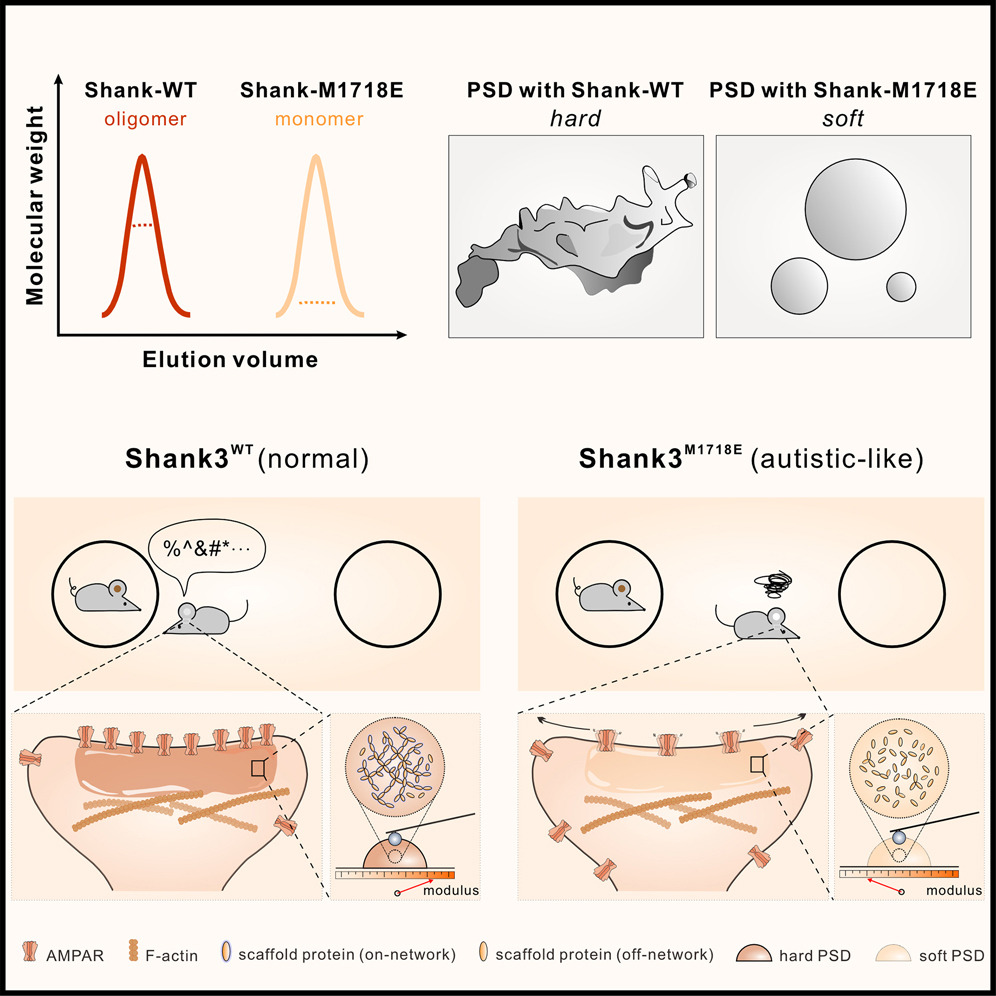Formation of biological condensates via phase separation: Characteristics, analytical methods, and physiological implications
2019.08.23Feng, Z., Chen, X., Wu, X., & Zhang, M. (2019). Journal of Biological Chemistry, 294(40), 14823-14835.
Liquid–liquid phase separation (LLPS) facilitates the formation of condensed biological assemblies with well-delineated physical boundaries, but without lipid membrane barriers. LLPS is increasingly recognized as a common mechanism for cells to organize and maintain different cellular compartments in addition to classical membrane-delimited organelles. Membraneless condensates have many distinct features that are not present in membrane-delimited organelles and that are likely indispensable for the viability and function of living cells. Malformation of membraneless condensates is increasingly linked to human diseases. In this review, we summarize commonly used methods to investigate various forms of LLPS occurring both in 3D aqueous solution and on 2D membrane bilayers, such as LLPS condensates arising from intrinsically disordered proteins or structured modular protein domains. We then discuss, in the context of comparisons with membrane-delimited organelles, the potential functional implications of membraneless condensate formation in cells. We close by highlighting some challenges in the field devoted to studying LLPS-mediated membraneless condensate formation.
- Recommend
-
2025-10-22
IQSEC2/BRAG1 may modulate postsynaptic density assembly through Ca2+-induced phase separation.
-
2025-08-22

Shank3 oligomerization governs material properties of the postsynaptic density condensate and synaptic plasticity.
-
2025-08-21
Modulating synaptic glutamate receptors by targeting network nodes of the postsynaptic density condensate.
-
2025-08-19
Current practices in the study of biomolecular condensates: a community comment.
-
2025-06-10
Phase separation instead of binding strength determines target specificities of MAGUKs.

